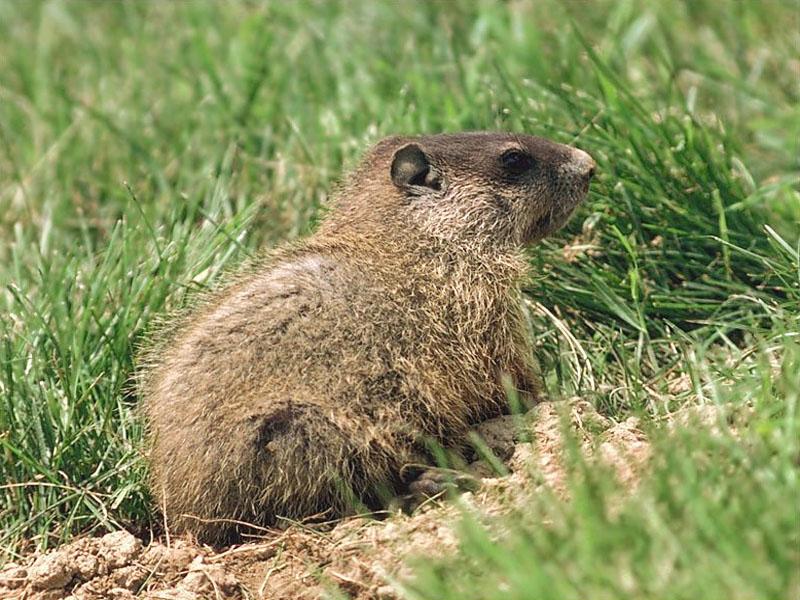|
| 질의: Marmota marmota | 결과: 147번째/151 | |
Woodchuck/Groundhog (Marmota monax) (북미마모트/우드척/그라운드혹)
| 제목: | Woodchuck/Groundhog (Marmota monax) (북미마모트/우드척/그라운드혹)
| |

| 해상도: 800x600
파일크기: 111073 Bytes
등록시간: 2005:09:14 23:54:54
|
ERROR : Server Busy(-1105)
ERROR : Server Busy(-1105)
Woodchuck/Groundhog (Marmota monax)
From: don@wildlife.net (Don)
Newsgroups: alt.binaries.pictures.animals
Subject: Groundhog Day - Woodchuck_02.jpg
Date: Mon, 02 Feb 1998 17:08:35 GMT |
^o^
동물그림창고 똑똑전화 누리집
^o^
|
|